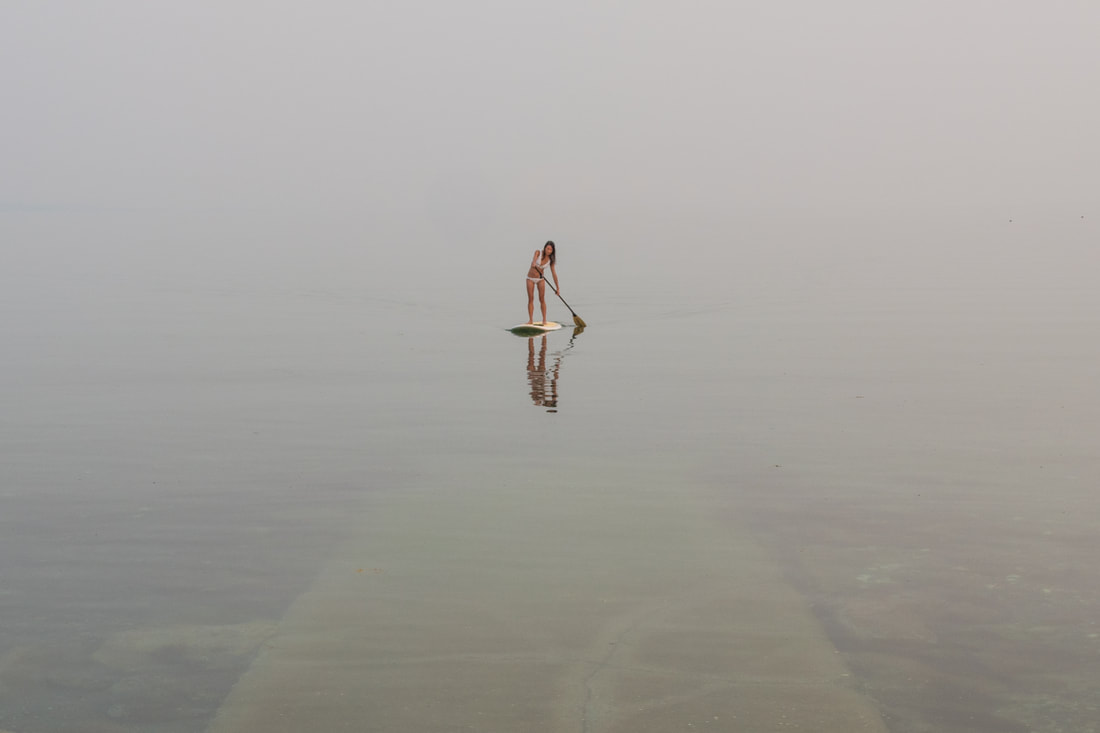How do you stand up paddleboard?
Stand up paddleboarding, also known as SUP, is a fun and exciting water sport that has been gaining popularity in recent years. It involves standing on a large board and using a paddle to navigate through the water. Whether you're looking to explore a nearby lake or river, catch some waves at the beach, or simply enjoy a leisurely paddle on a calm day, stand up paddleboarding is a great way to get out on the water and enjoy the outdoors.
Before you get started with stand up paddleboarding, it's important to have the right equipment. You'll need a stand up paddleboard, a paddle, and a personal flotation device (PFD). The board should be the right size for your weight and skill level, and the paddle should be the appropriate length for your height. You should also make sure you have the right clothing and footwear, such as a wetsuit or drysuit if the water is cold, and water shoes or sandals to protect your feet.
Once you have the right equipment, you're ready to get started. The first thing you'll want to do is find a calm, sheltered area to practice in. This could be a lake, river, or bay that is protected from the wind and waves. Once you're in the water, climb onto the board and get into a kneeling position. Place your feet hip-width apart and make sure your knees are directly under your hips. This is the most stable position to start from.
Next, you'll want to stand up on the board. To do this, place your hands on the board and push yourself up with your legs. Keep your knees slightly bent to maintain balance. Once you're standing, you're ready to start paddling.
To paddle, hold the paddle with both hands and keep your arms straight. Dip the paddle into the water and use a pulling motion to propel yourself forward. Alternate sides, switching sides every few strokes. Keep your body facing forward and keep your head up to maintain balance.
As you become more comfortable with stand up paddleboarding, you can start to explore more challenging conditions. If you're interested in catching waves, you can try paddleboarding at the beach. If you're more interested in exploring rivers and lakes, you can try paddling in choppy water or even down a river.
As with any water sport, safety is important. Always wear a personal flotation device, and don't paddle alone. If you're going to be in the sun for an extended period of time, be sure to wear sunscreen to protect your skin. And, always be aware of your surroundings, including the weather and other boats in the area.
Overall, with the right equipment and a little practice, you'll be out on the water in no time, enjoying all that stand up paddleboarding has to offer.
Before you get started with stand up paddleboarding, it's important to have the right equipment. You'll need a stand up paddleboard, a paddle, and a personal flotation device (PFD). The board should be the right size for your weight and skill level, and the paddle should be the appropriate length for your height. You should also make sure you have the right clothing and footwear, such as a wetsuit or drysuit if the water is cold, and water shoes or sandals to protect your feet.
Once you have the right equipment, you're ready to get started. The first thing you'll want to do is find a calm, sheltered area to practice in. This could be a lake, river, or bay that is protected from the wind and waves. Once you're in the water, climb onto the board and get into a kneeling position. Place your feet hip-width apart and make sure your knees are directly under your hips. This is the most stable position to start from.
Next, you'll want to stand up on the board. To do this, place your hands on the board and push yourself up with your legs. Keep your knees slightly bent to maintain balance. Once you're standing, you're ready to start paddling.
To paddle, hold the paddle with both hands and keep your arms straight. Dip the paddle into the water and use a pulling motion to propel yourself forward. Alternate sides, switching sides every few strokes. Keep your body facing forward and keep your head up to maintain balance.
As you become more comfortable with stand up paddleboarding, you can start to explore more challenging conditions. If you're interested in catching waves, you can try paddleboarding at the beach. If you're more interested in exploring rivers and lakes, you can try paddling in choppy water or even down a river.
As with any water sport, safety is important. Always wear a personal flotation device, and don't paddle alone. If you're going to be in the sun for an extended period of time, be sure to wear sunscreen to protect your skin. And, always be aware of your surroundings, including the weather and other boats in the area.
Overall, with the right equipment and a little practice, you'll be out on the water in no time, enjoying all that stand up paddleboarding has to offer.






